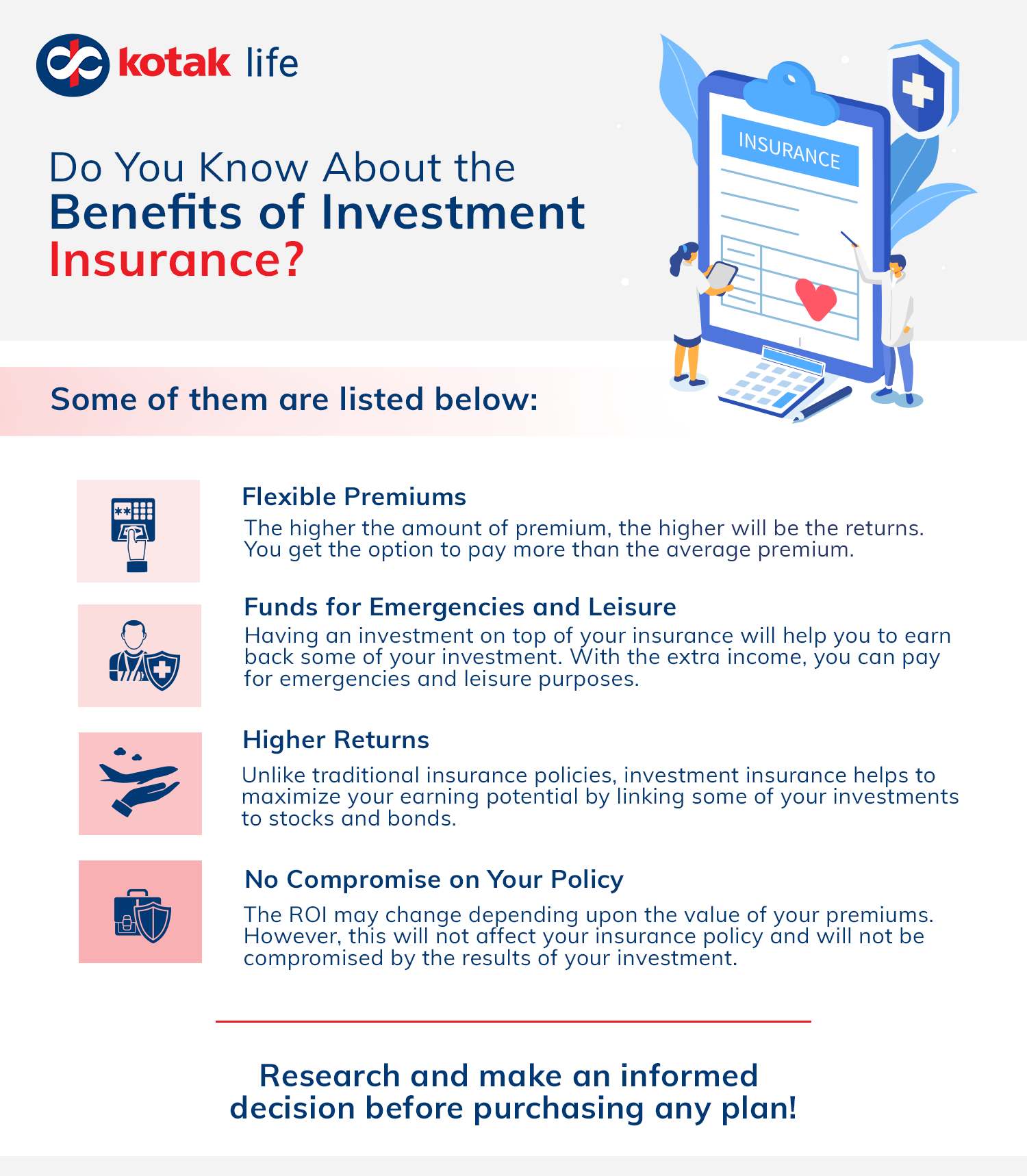The Best Guide To Pacific Prime
The Best Guide To Pacific Prime
Blog Article
Not known Details About Pacific Prime
Table of ContentsEverything about Pacific PrimeWhat Does Pacific Prime Mean?The Ultimate Guide To Pacific PrimeHow Pacific Prime can Save You Time, Stress, and Money.Indicators on Pacific Prime You Should Know

This is due to the fact that the information were accumulated for a period of strong economic performance. Of the approximated 42 million individuals who were without insurance, just about concerning 420,000 (about 1 percent) were under 65 years of age, the age at which most Americans come to be qualified for Medicare; 32 million were adults in between ages 18 and 65, around 19 percent of all adults in this age team; and 10 million were children under 18 years old, about 13.9 percent of all kids (Mills, 2000).
These price quotes of the number of individuals without insurance are generated from the yearly March Supplement to the Current Populace Study (CPS), conducted by the Census Bureau. Unless or else noted, national quotes of people without wellness insurance coverage and percentages of the population with various kinds of protection are based on the CPS, one of the most extensively utilized resource of price quotes of insurance policy protection and uninsurance rates.
How Pacific Prime can Save You Time, Stress, and Money.

Still, the CPS is particularly beneficial since it generates annual quotes fairly swiftly, reporting the previous year's insurance policy protection estimates each September, and since it is the basis for a consistent set of estimates for more than two decades, permitting evaluation of patterns in protection in time. For these reasons, along with the substantial usage of the CPS in other studies of insurance policy protection that exist in this report, we depend on CPS price quotes, with constraints noted.

The quote of the variety of without insurance individuals broadens when a population's insurance policy condition is tracked for several years. Over a three-year period starting early in 1993, 72 million people, 29 percent of the U.S. https://www.huntingnet.com/forum/members/pacificpr1me.html. populace, lacked protection for a minimum of one month. Within a solitary year (1994 ), 53 million individuals experienced at the very least a month without protection (Bennefield, 1998a)
Six out of every 10 uninsured adults are themselves utilized. Although working does improve the chance that a person and one's family members will have insurance, it is not a warranty. Also members of family members with two permanent wage earners have virtually a one-in-ten possibility of being without insurance (9.1 percent uninsured price) (Hoffman and Pohl, 2000).
Not known Incorrect Statements About Pacific Prime
New immigrants make up a considerable proportion of individuals without health insurance policy. One analysis has attributed a considerable section of the recent growth in the size of the united state uninsured population to immigrants who showed up in click the nation between 1994 and 1998 (Camarota and Edwards, 2000). Recent immigrants (those that involved the United States within the past four years) do have a high price of being without insurance (46 percent), yet they and their children account for just 6 percent of those without insurance policy country wide (Holahan et al., 2001).
The connection in between health insurance and accessibility to care is well established, as documented later in this chapter. Although the connection between medical insurance and health results is neither direct nor straightforward, a comprehensive medical and wellness solutions study literary works web links medical insurance coverage to improved access to care, far better high quality, and boosted individual and population health and wellness status.
Levels of analysis for examining the results of uninsurance. It concentrates especially on those without any wellness insurance for any kind of length of time.
Our Pacific Prime Statements
The issues faced by the underinsured are in some respects comparable to those dealt with by the uninsured, although they are generally less serious. Health insurance, nevertheless, is neither needed neither sufficient to gain accessibility to clinical solutions. The independent and direct result of health and wellness insurance protection on access to wellness services is well developed.
Others will get the health treatment they need also without medical insurance, by paying for it out of pocket or seeking it from service providers that provide treatment complimentary or at highly subsidized prices. For still others, health insurance policy alone does not guarantee invoice of care due to other nonfinancial obstacles, such as a lack of healthcare suppliers in their community, minimal access to transport, illiteracy, or etymological and cultural differences.
Pacific Prime Fundamentals Explained
Official study concerning uninsured populations in the United States dates to the late 1920s and early 1930s when the Board on the Price of Treatment created a collection of records concerning financing doctor workplace check outs and hospital stays. This concern came to be significant as the numbers of medically indigent climbed up during the Great Anxiety.
Report this page